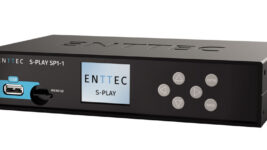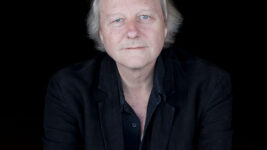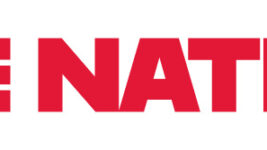IMMERSIVE
10 Nov 2025
Corpus Novum: Rite of Spring
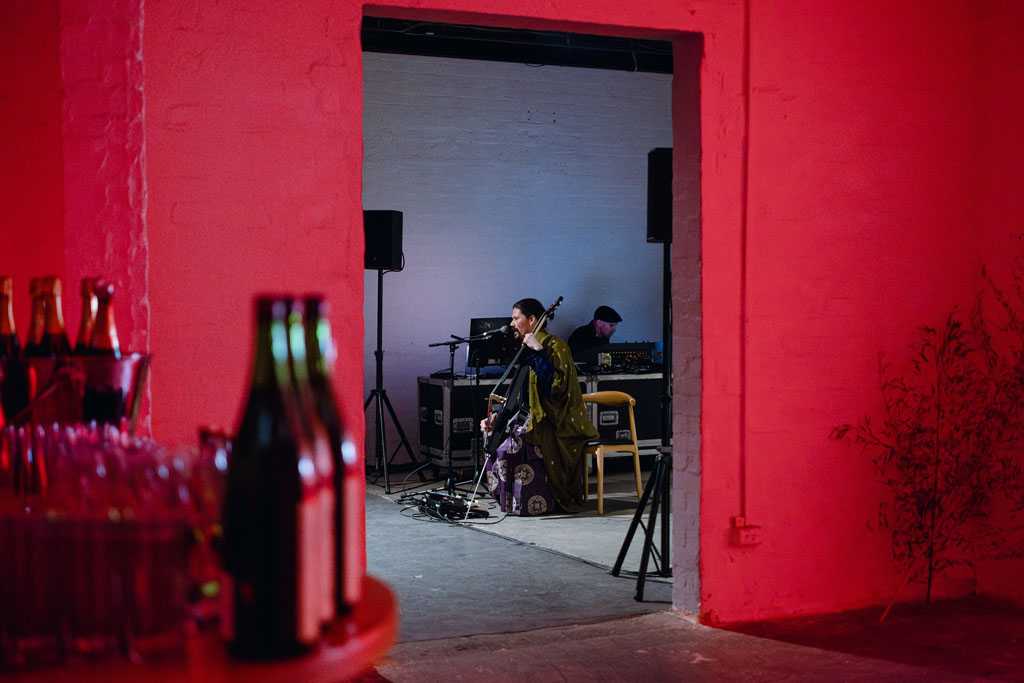
Subscribe to CX E-News
Benjamin Skepper’s neoclassical ‘Art Rave’ immerses with L-Acoustics’ L-ISA
Melbourne’s own Benjamin Skepper has packed more into his first four decades as a multi-instrumental musician, artist, thinker, creative, and curator than four other people could do in a lifetime. Born and raised in Clifton Hill, he first toured internationally playing piano at age 10. He’s been commissioned to produce works all over the world, by everyone from cultural institutions to luxury brands. He is a regular performer at international festivals, and has even done his fair share of modelling and design.
In live performances, he wields his Yamaha SVC50 electric cello, processing through a pedal board he’s spent 20 years devising. His music blends classical tradition and electronic futurism; he’s fascinated by the intersection of art, science, ritual, and healing. His artist-led creative studio, contrapuntal, which began 16 years ago while resident in Japan, now finds its new home in Fitzroy, in a Victorian-era decommissioned print factory.
Benjamin is seeking to make contrapuntal Melbourne’s home for sound, art, technology, and wellness, with a full studio launch slated for 2026. He sees it as “a collective place and platform for collaboration, experimentation and radical creativity.” As such, he’s been raising funds to establish the space, which currently sits as a largely empty shell. Corpus Novum: Rite of Spring was an immersive experience held for this purpose on October 11, featuring an immersive dinner and an ‘art rave’, all powered by L-Acoustics L-ISA spatial audio.

“contrapuntal, my studio and its many collaborations, is driven by sound,” relates Benjamin. “The Fitzroy studio is currently two 100 square metre, long, rectangular caverns. It’s dark, it’s moody, it’s industrial, aesthetics very much on point. I love architecture, and the 1870s Victorian meets Art Deco facade building is positioned in what’s become the beating cultural heart of Australia, Fitzroy. It’s fantastic to come into this really cool and edgy space (the building also hosts other music businesses), that’s somehow beaten gentrification and is ready for its next chapter.”
Benjamin’s music and technical approach to creativity lends itself to presentation in spatial audio. “I’ve worked with spatial and multi-channel sound for more than 15 years,” adds Benjamin. “This has mainly been for private events, museum openings and exhibitions and self-initiated projects.” Keeping abreast of developments in spatial audio, Benjamin approached L-Acoustics to collaborate in utilising L-ISA to present his sound design and compositions. “I’ve just come back from Westlake Village, L-Acoustics’ incredible studios in LA where they invited me to engage with their engineers,” he enthuses. “When I came to L-Acoustics with the idea that I’d like to work with them, and about L-ISA as a spatial concept, they said that I’m one of the first artists who has come to them with knowledge about their brand and innovative sound solutions. My curiosity lies in how cutting-edge technology can be harnessed to transform the audience experience of my sonic world.”
Corpus Novum is not the first time Benjamin has deployed L-ISA in Australia; the first time was at contrapuntal’s launch in July, also supported by L-Acoustics. “I am the first independent Australian artist and studio to feature L-ISA in Australia in this way,” confirms Benjamin. “I think it’s important that artists develop an awareness around tech and the backline teams that truly support their careers.
This opens dialogue and inspires everyone to contribute to the mix. I have a long and deep respect for my technical and creative teams around the world that have supported my vision and helped me develop this awareness. Ultimately, as an artist, whether you acknowledge it or not, your sound team moulds and shapes your sonic identity, and that sonic identity is what your audience also comes to love.”
Helping mould Benjamin’s sonic identity at Corpus Novum was Norwest Productions’ John ‘Watto’ Watterson, General Manager for Victoria and South Australia, and sound technician Max Jardine. L-Acoustics themselves provided the L-ISA processor, while John and Max brought in 11 L-Acoustics X8 8” two-ways, two L-Acoustics X12 12” two-ways, and four SB15m 15” subwoofers, all powered by L-Acoustics LA-RAKs.
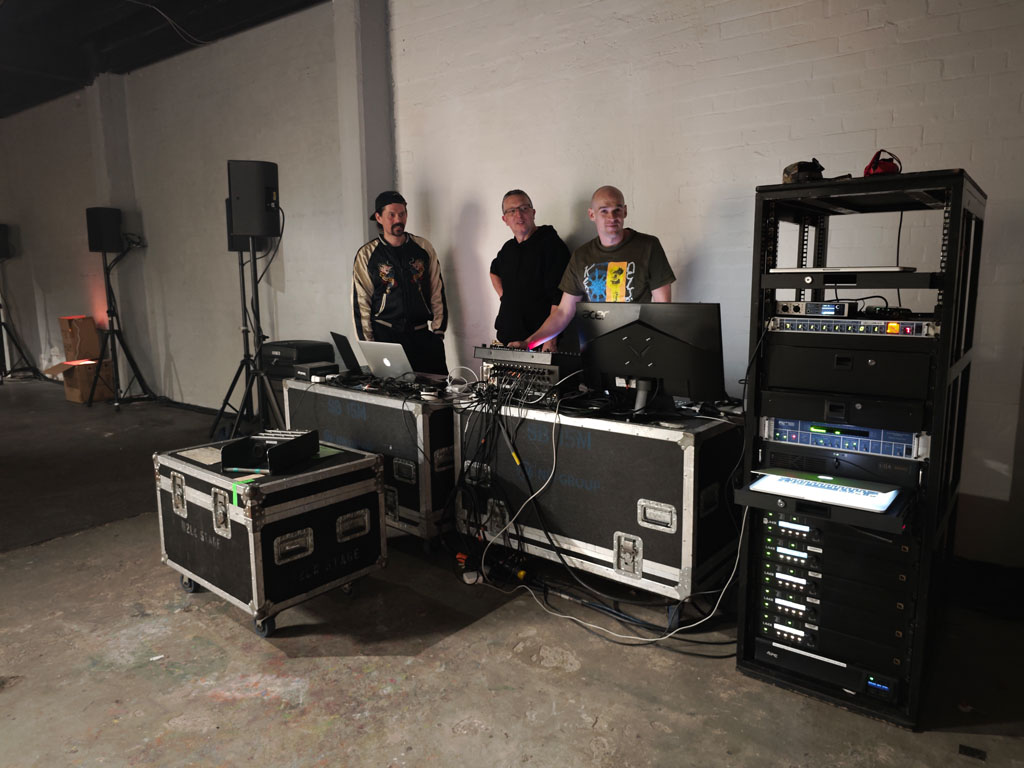
“Norwest also supplied MADI interfaces,” adds John. “We connected an RME MADIface XT to Benjamin’s laptop, which enabled us to get 64 channels out of Ableton via MADI to our desk, a DiGiCo SD11i. We also had some local inputs; electric cello, toy piano, vocal, DJ rig, and a modular synth. Everything was sent to the L-ISA processor from the SD11i, out of the L-ISA into an RME MADI to AES converter, and AES direct to the LA4Xs.”
Norwest are no strangers to L-ISA, who hire it from L-Acoustics for special projects, with John counting a dozen under his belt. But this was John’s first time using L-ISA in full immersive mode, as opposed to L-Acoustics ‘Hyperreal’ frontal mode. “I’ve mostly used it with five or more frontal arrays, placing orchestras as Hyperreal static placements,” he elaborates. “Benjamin’s show was a feature sound design with significant use of effects for movement.”
The X8s were circling the room, facing into the middle, creating a 360 degree sound stage. “L-ISA also has the ability to create distance, with elements coming in closer and shooting off into the ether,” explains John. “The show had a range of different snapshots saved into L-ISA that changed L-ISA effects and triggered movement. Benjamin’s Ableton file has 80 or 90 tracks that we bussed down into 20 MADI streams, with the bussing mainly being done for organisation.”
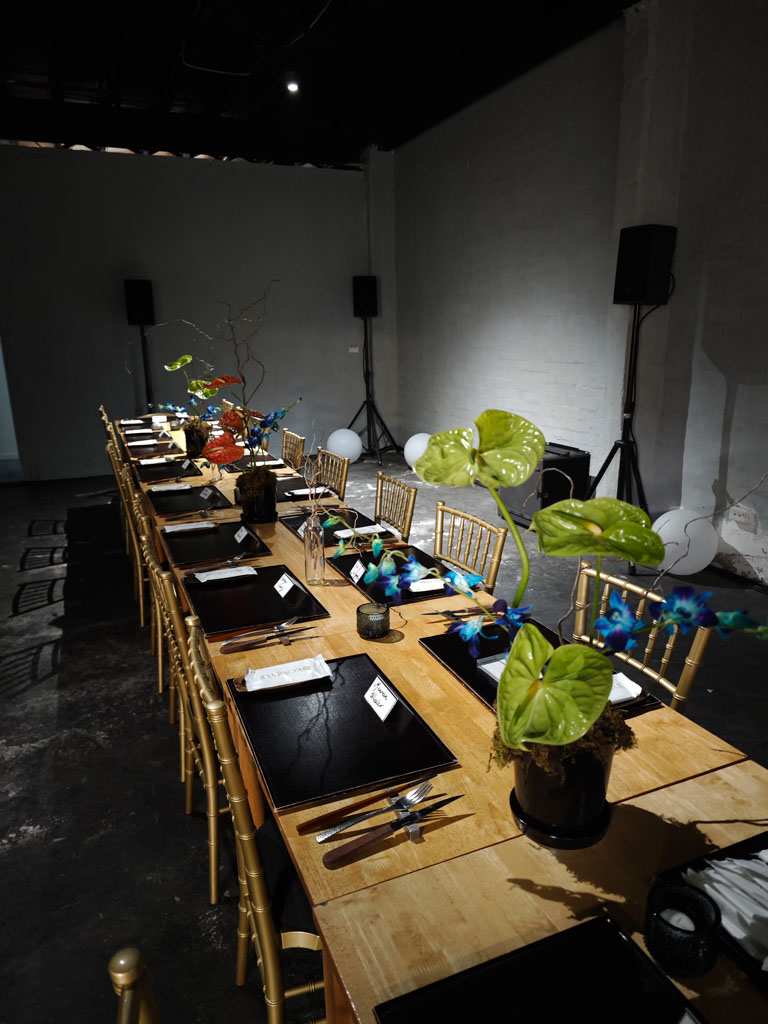

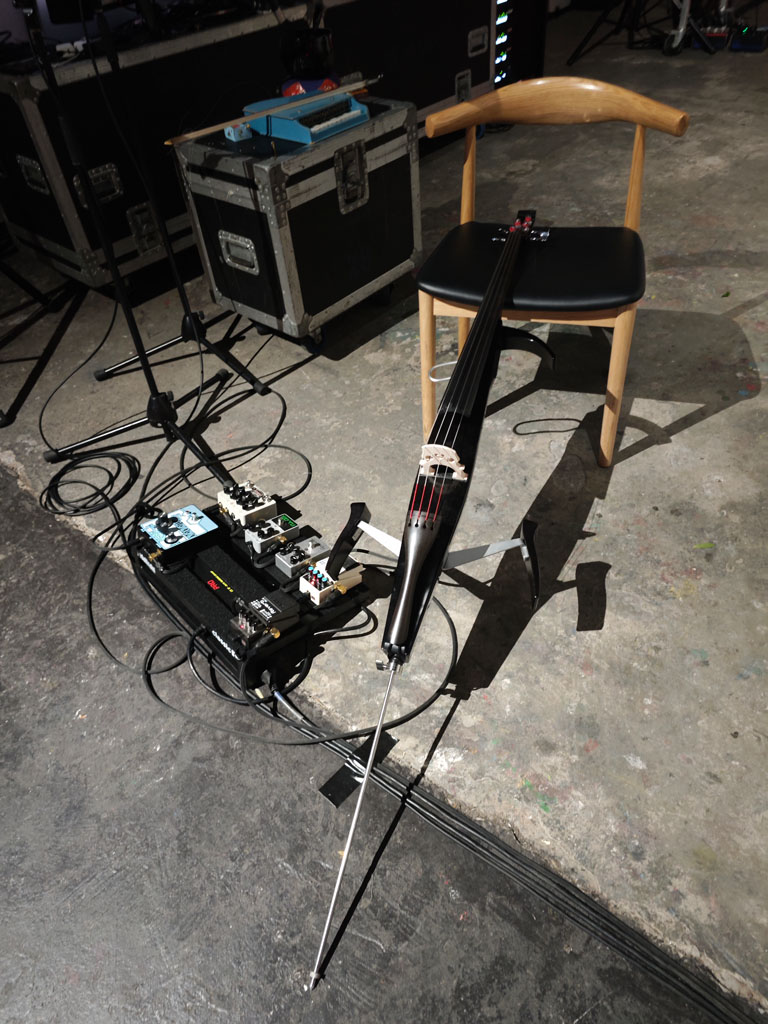
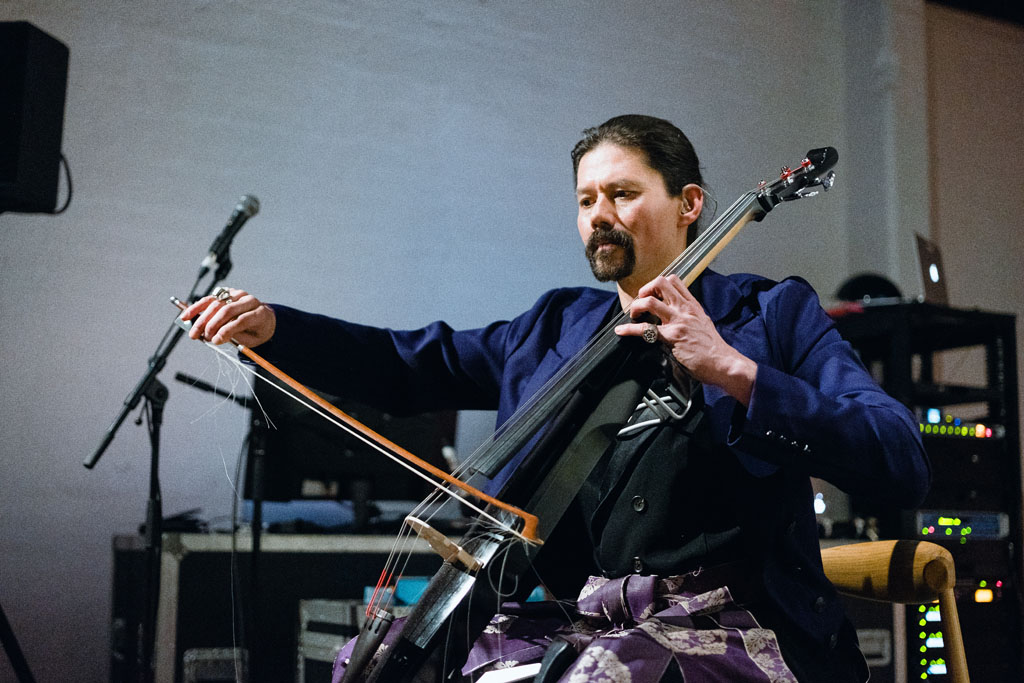
The proceedings of the evening were split in two; the first was a ritual immersive art dinner, during which Benjamin performed his immersive soundscapes as a backdrop to conversations around fundraising for his studio. The tables were then cleared, and the space became an underground ‘art rave’, also spatialised in L-ISA. “I performed and did sound design for three hours for the dinner, then opened the art rave with a further ambient live performance and artist talk to give further context to the gathering. After this I finally took a little break,” recounts Benjamin. “The entire night is spatialised from start to finish, and the engineers worked very hard to create an incredible spatialised environment based on my vision.”
John programmed the Ableton outputs and the L-ISA system before handing over to Max Jardine to operate the gig. “Benjamin’s Ableton files had lots of his field recordings; birds singing, fire crackling, monks chanting,” continues John. “From a sound design perspective, that’s pretty cool, and you can do a lot with them spatially. Benjamin’s electric cello was coming in via his pedal board with a reasonable amount of processing already. We started off by positioning that where the source was, then building moments where it would swing around the room, or come in and out of the distance. The modular synth also sometimes triggered an effect.”
“It was really exciting to watch Max and John experiment with the material on the fly as we worked through the sound design with very limited time,” notes Benjamin. “In my Ableton files, there’s genetic music frequencies, astrophysical sound data, musical sound design and other sonification projects. There’s cinematic material, reconceptualised Stravinsky, there’s techno, pre-recorded piano and cello; there’s so much going on in terms of original samples and genres. I also brought a couple of extra instruments to mic up; a toy piano, little music boxes, and Japanese singing bowls. I do a lot of field recordings, and my three central concepts in field recording are industrial sounds, nature sounds, and then shamanic, religious or spiritual incantations; things like zen chanting in Kyoto or the Benedictine monks of Paris, or sermons at the Vatican in Rome. There are even geishas that I’d recorded in Kyoto. Those busses then got manipulated in the spatial spectrum. Jonathan was really great in working with Ableton and how to get it to interface with L-ISA.”

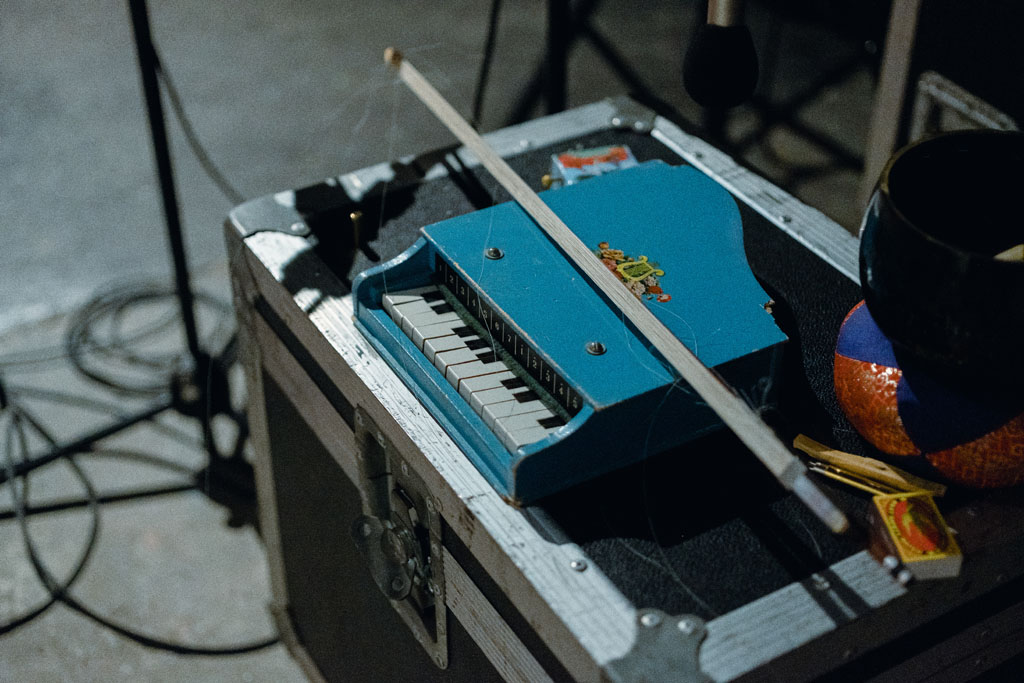


Benjamin is more than inspired by the possibilities of L-ISA; “Depth, elevation, all of the things that you can play with; it’s insane,” he marvels. “It’s like floating in a cosmic sonic soup. An artist really needs months with it to be able to fully explore the ambit of what it can do. With music like mine, which is genre bending, interdisciplinary, pushing boundaries, expanding mindsets, it’s really exciting to be able to play with the perception of sound and where the sound source should even be coming from in the first place. L-ISA can do that, and that’s absolutely fascinating to me. I think there needs to be a retraining of how we listen. That needs to happen not only from an audience perspective, but also from an artist and sound engineering perspective, so that we can start to reconsider and reconstruct the boundaries of what we think sound can do and where it should thus be placed within the field that we’re working in. I want everyone to become excited by this prospect! In this case, we had 11.4 channels, but the mind boggles as to what we could do if we had the time and budget.”
Never lacking for ambition, this is the future direction Benjamin wants to take with L-ISA. “I want to spend months on this, and really dig down into it to create experiences that are truly, wildly immersive,” he states. “What you can do with the system is infinite; there’s so many parameters you can play with. I’m especially excited as I work a lot with algorithms, and you can use these algorithms to shape sound samples, for example reverb tails. This is something we explored in LA and I’m really hopeful that we’ll be able to devise a system and a structure where I can more deeply explore the technology with L-Acoustics, and in the next iteration, whenever that is, scale up a little bit more as well. I want to personally thank everyone at L-Acoustics in Australia and America, as well as the team at Norwest for getting behind me at this pivotal point in my career.”
“Of all the L-ISA projects I’ve come across, this one has made the most use of the panning, effects, and movement during the show,” adds John. “The amount of movement, panning and zooming in and out is a sound design experience. L-ISA can take a source and do a lot of things that you previously had to spend a lot of time programming on a platform that wasn’t really designed for it. L-ISA has it all built in, and you can very quickly establish something in 30 seconds that you might have taken 20 minutes clicking around in another program to do.”
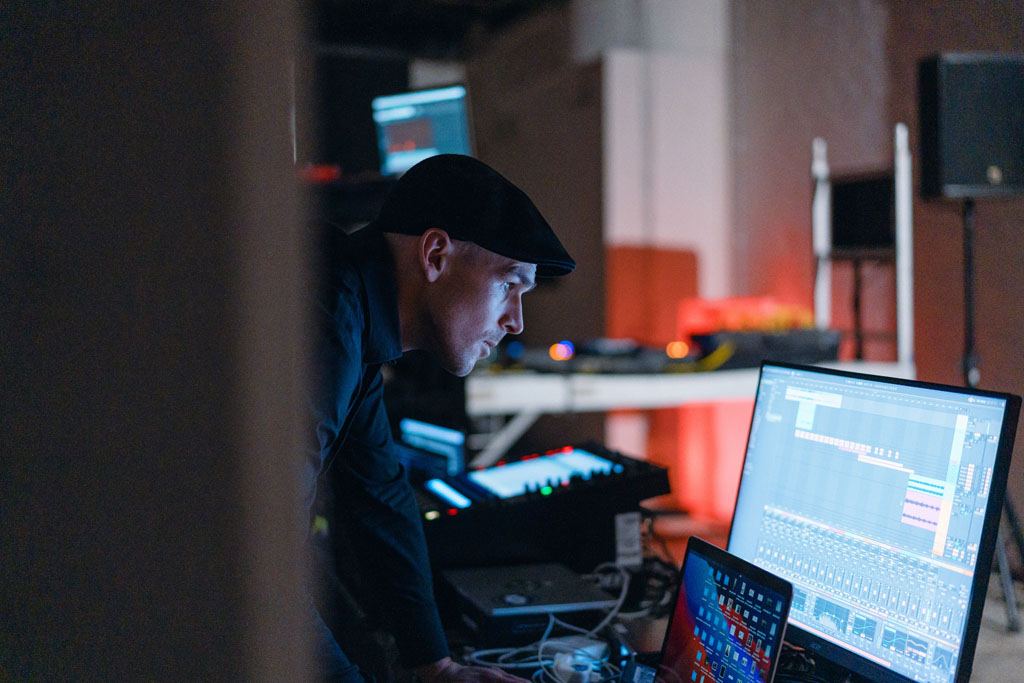
“The natural progression is for Benjamin to get his Ableton file timecoded,” continues John. “We could then spend three months programming. We spent around 11 hours programming the show this time, but we could easily spend 11 days. If it was fully timecoded and snapshotted out of Ableton, we’d end up with hundreds of snapshots doing different things.”
And maybe that opportunity will come sooner rather than later. As we were going to press, contrapuntal were promoting ‘Sacrament Saturnalia’ for New Year’s Eve, again with the aim to feature L-ISA: a “three-part midsummer ritual: Communal Sound Bath – Live Performance – Art Rave. The evening begins in stillness and ceremony, live music beckons introspection and transcendence, and catharsis through cutting edge sounds from Berlin and afar bring chaos into ritual.”

Find out more at benjaminskepper.com
Subscribe
Published monthly since 1991, our famous AV industry magazine is free for download or pay for print. Subscribers also receive CX News, our free weekly email with the latest industry news and jobs.

